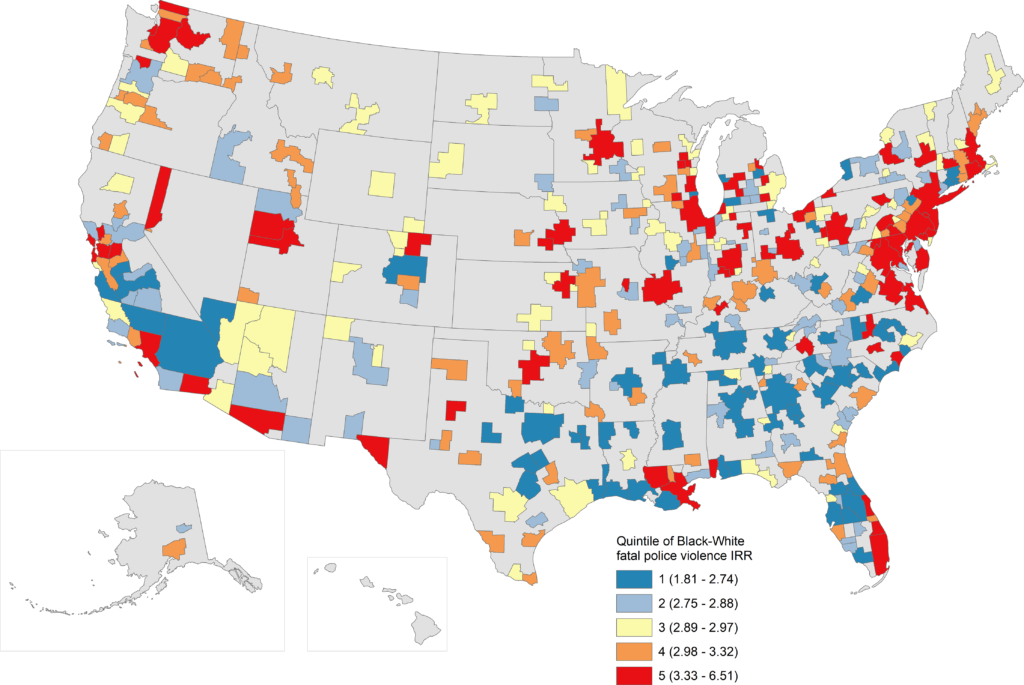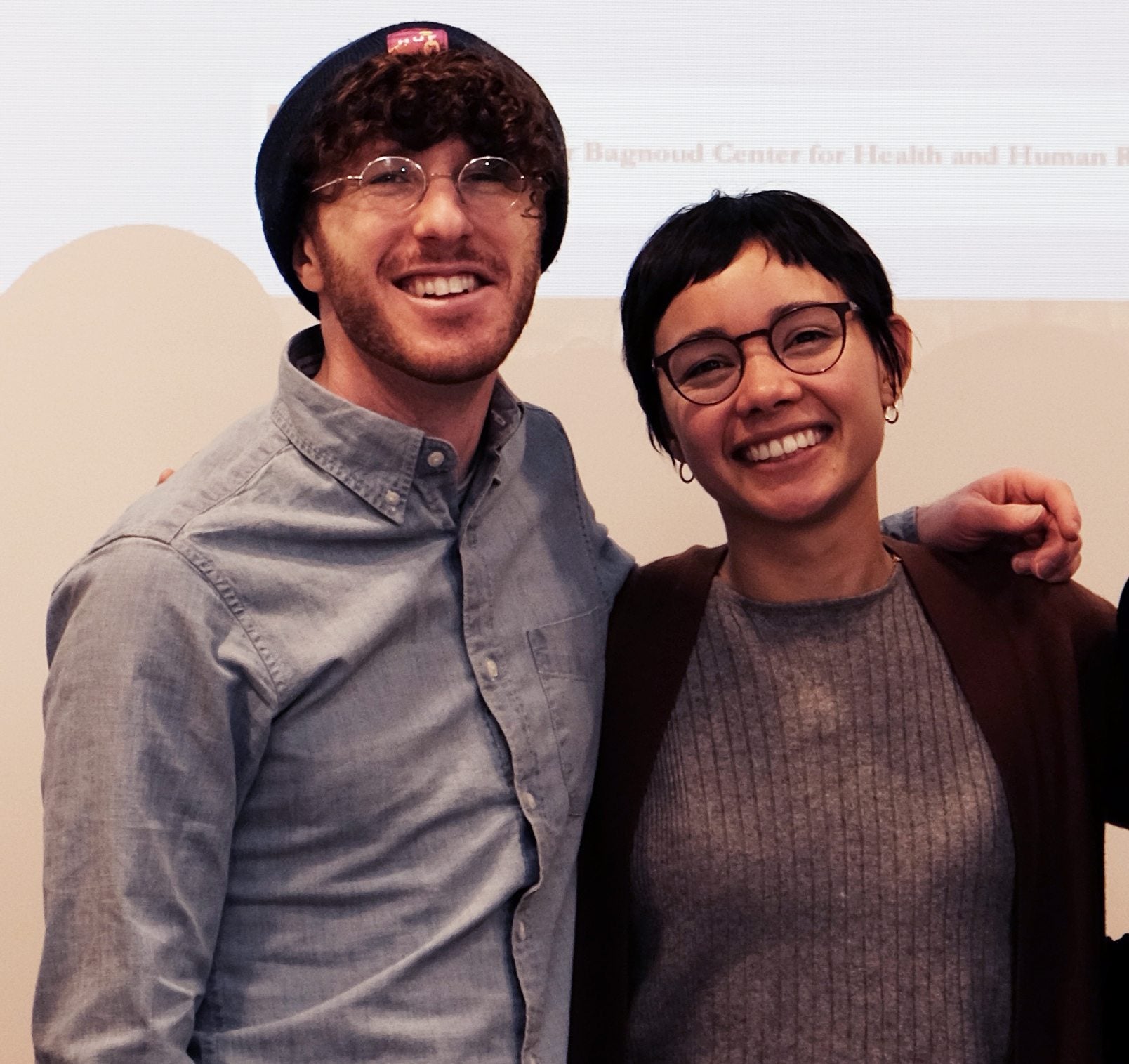Drs. Gabriel L. Schwartz and Jaquelyn L. Jahn, PhD PHS ’20, have recently co-authored “Mapping fatal police violence across U.S. metropolitan areas: Overall rates and racial/ethnic inequities, 2013-2017” in PLOS ONE. Their study has been featured in FOX 32 Chicago, UPI, Harvard FXB Center and Harvard Chan News.
“Fatal police violence is a public health crisis that is preventable.,” says Dr. Jahn in the Harvard FXB Center feature. “Movement organizing has already made this issue impossible for elected officials to ignore. Our study identifies the cities with the highest rates of police violence overall and against Black people.”

Background & Methods (Excerpt from the Study’s Abstract)
Recent social movements have highlighted fatal police violence as an enduring public health problem in the United States. To solve it, the public requires basic information, such as understanding where rates of fatal police violence are particularly high, and for which groups. Existing mapping efforts, though critically important, often use inappropriate statistical methods and can produce misleading, unstable rates when denominators are small. To fill this gap, we use inverse-variance-weighted multilevel models to estimate overall and race-stratified rates of fatal police violence for all Metropolitan Statistical Areas (MSAs) in the U.S. (2013–2017), as well as racial inequities in these rates. We analyzed the most recent, reliable data from Fatal Encounters, a citizen science initiative that aggregates and verifies media reports.




